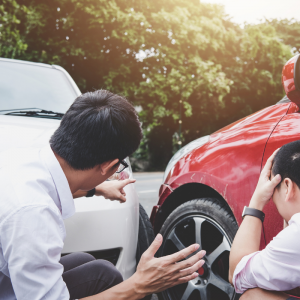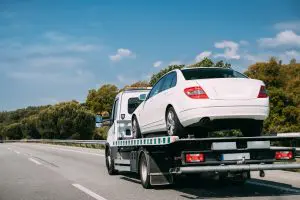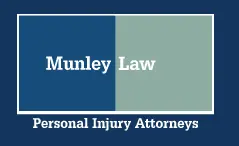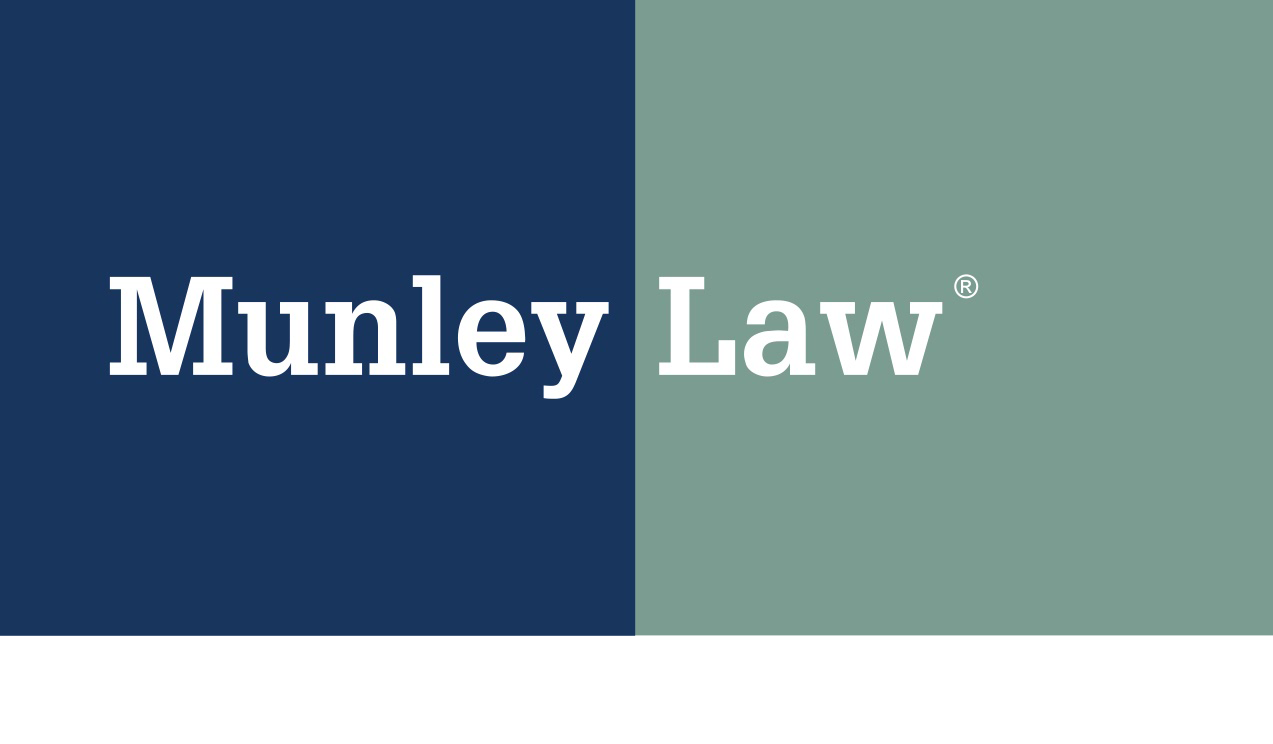Understanding Shared Fault in Car Accident Cases

When car accidents occur, each driver may be looking to place fault on the other. However, the reality is that both parties can be at fault in a car accident. Depending on the state you live in ultimately determines how your shared level of fault will alter the amount of compensation you can recover from the other driver in a car crash.
If you’re asking yourself “Can both parties be at fault in a car accident?” an experienced car accident attorney can help. These car accident cases can be complicated — from determining the percentage of fault across all the parties involved, to dealing with the other party’s insurance company, as well as medical bills, insurance adjusters, a police report, and more.
If you and another driver share fault in a car crash, Munley Law Personal Injury Attorneys car accident lawyers offer a free case evaluation or free consultation. They can help you seek compensation for personal injury, as well as deal with insurance adjusters.
An experienced car accident attorney can also help you understand an insurance adjuster’s determination if you were partially at fault or what percentage of fault you have in a car accident. Don’t pursue compensation alone; call our law firm today for a free case evaluation.
How an Insurance Company Handles Shared-Fault Car Accidents
 Sometimes an auto accident will be caused because of the obvious neglect of an at-fault driver. However, incidents, where more than one driver or drivers share some portion of the fault, are rather common. If you are partially at fault or more than one driver is, dealing with both your insurance carrier and the other driver’s insurance company can be complicated.
Sometimes an auto accident will be caused because of the obvious neglect of an at-fault driver. However, incidents, where more than one driver or drivers share some portion of the fault, are rather common. If you are partially at fault or more than one driver is, dealing with both your insurance carrier and the other driver’s insurance company can be complicated.
Consider the scenario in car crashes where one driver is tailgating you on the highway. Out of frustration, you slam on your brakes, causing the driver to hit the back of your vehicle. In this instance, you both acted negligently, so you are both partially at fault and to blame in the accident.
Depending on the state you live in will ultimately determine how your insurance — or the other driver’s insurance company — decides to handle car wreck situations and personal injury claims like this.
Comparative Negligence
Did you know that five states and the District of Columbia use contributory negligence, and the remainder of the United States uses some form of comparative negligence?
Pure comparative negligence is the idea that both drivers share blame in the accidents and in turn, are assigned a percentage of fault. In our above example, let’s say that your insurance decided that the driver who hit the brakes was 30% responsible for the accident while the tailgating driver was 70% responsible. This would mean the driver who hit the brakes could seek 70% of their losses while the tailgating driver could seek 30% from the other driver.
However, not all states follow this form of comparative negligence.
Pennsylvania utilizes modified comparative negligence. Also known as the 51% rule, if you are shown to hold more than 51% of the fault for an auto accident, you do not have the ability to collect damages against the other party. Currently, 33 states utilize this modified form of the system.
Other forms of comparative negligence include:
● Modified Comparative Negligence, 50 Percent Rule: You cannot collect damages against the other driver if you are 50% or more at fault for an accident.
● Slight vs. Gross Comparative Negligence: You can only collect damages if you are slightly negligent in comparison to the other party. These are determined on a case-by-case basis.
Under the modified comparative negligence system 50% rule, a driver who is 51% responsible for an accident cannot recover damages from a driver who is 49% at fault. However, the driver that is 49% at fault can seek damages.
The slight vs. gross negligence rule, however, does not give drivers a percentage of liability; rather, the court will decide who is grossly negligent and who is slightly negligent. For example, if someone is jaywalking and then is struck by a vehicle that is speeding, the jaywalker is likely to be found slightly negligent while the speeding driver is going to be grossly negligent for not having control of their vehicle.
Contributory Negligence
If you live in a state that follows the contributory negligence rule, should you even be given 1% of the blame for an accident, you are unable to pursue compensation or seek damages from the other driver or other driver’s insurer.
Should your state follow the contributory negligence rule in car crashes, you’ll need to speak with your insurance and/or a car accident lawyer to determine what options you have.
Shared Fault? Munley Law Personal Injury Attorneys Car Accident Lawyer Can Help.
 After an accident, if you’re asking “Can both parties be at fault in a car accident?” you should seek a free legal consultation with an experienced accident lawyer. So long as you are less than 51% responsible for car accidents in Pennsylvania, you are able to pursue compensation against the other driver after a car wreck.
After an accident, if you’re asking “Can both parties be at fault in a car accident?” you should seek a free legal consultation with an experienced accident lawyer. So long as you are less than 51% responsible for car accidents in Pennsylvania, you are able to pursue compensation against the other driver after a car wreck.
This is why it is critical to seek legal guidance as soon as possible to recover compensation. We offer a free case review or free legal consultation to help you determine your shared responsibility in the accident. We can also help you understand how to recover the compensation you need to physically and financially heal from the accident.
We know car accidents are stressful, especially when you are partially at fault in some way, but we can help. For more than 60 years, the car accident attorneys at Munley Law Personal Injury Attorneys have been handling auto accident claims on behalf of victims.
If you share fault in an auto accident, Munley Law Personal Injury Attorneys is ready to fight for you today. Call today or use our online form to schedule your free consultation.









